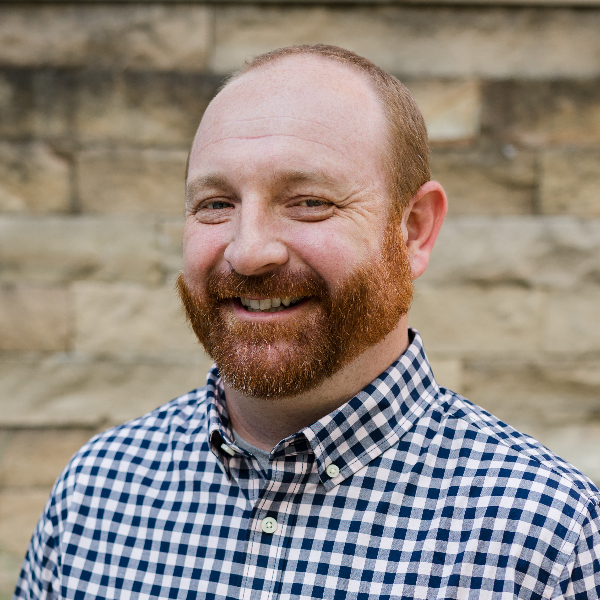Three Basic Levels of a Church-Wide Movement
I get asked this question a lot, so I thought it best to write up the answer.
A pastor, church leader, or even a group of members catches a vision for a particular approach to ministry. This may be a new outreach strategy or even something more fundamental, like changing the whole discipleship paradigm for a congregation. But how does such a thing get from an idea (or angst) in someone’s head to something that takes root in the congregation?
There are three basic levels of involvement to consider for crafting effective strategy: pastoral leadership, dedicated lay leadership, and every-member ministry. For many this is simply common sense; however, it is funny how often we overlook the basics when attempting to move something from idea to practice.
Pastoral Leadership
It goes without saying that pastoral support and involvement is paramount in any local church strategy. Pastors are entrusted with the care and leadership of the congregation. It is at this level that ideas are often born and frequently die. Pastoral leadership stands in the unique position of having their eyes on the whole, as well. They can see how a new idea or initiative works into the overall ministry of the church. That is an important perspective.
In order to create a local church strategy that has traction, pastors need to keep the vision in front of their congregation. This occurs through updates on the work, application points in sermons, and many other ways. A regular update on the work in member meetings showcases forward movement. The primary preaching pastor can seed regular application points into their sermons. Even in book-by-book exposition, it is amazing how often application can be drawn to support a new direction or initiative. Regularly seeding application points into sermons is more effective than periodically having a whole sermon on the issue. In fact, if support cannot be found for it in that way, then perhaps it is not a biblical vision.
Dedicated Lay Leadership
While pastoral advocacy is important, the work will only get done if a team of dedicated lay leaders emerges. I believe this group is often the most overlooked part of the process. Things do not become church-wide movements if the burden of accomplishing them rests on the pastor. However, simply preaching about an idea is not enough. Instead, the idea needs champions.
A lot of responsibility rides on this lay leadership. This group needs to be about more than speaking well of an idea. They are not cheerleaders, they are practitioners. Eventually, this group will be able to lead in training and equipping the rest of the congregation as the vision becomes broader.
This team can be selected by pastoral leadership or may develop on its own if the idea came from the congregation up. Sometimes, this group will emerge as a pastor begins to cast a vision. Regardless, they should be recognized and granted the freedom to serve the church in this way by pastoral leadership. Permission-giving must occur. It is important to celebrate the work of this team; however, the task can not be limited to this team.
The Entire Congregation
For this to be a church-wide strategy, everyone in the church must be challenged to participate on some level. If everyone is encouraged, the team of lay leaders will be replenished over time with new individuals who “dip their toe” into the waters. Again, the lay leadership should be the primary point of training and equipping for the congregation. Done well, this becomes multiplicative. Furthermore, a strategy that calls everyone to action stretches church members to be a part of the mission of God in this particular way. While every member may not make this their primary means of service to the church, when all are called to be involved, they are sensitive to the work of others. They begin to look for small opportunities themselves, and some will take steps of obedience to be involved on a deeper level.
Do not consider these levels in a linear fashion. Ideas do not always start at the top and trickle their way down. That goes for both generation of ideas and implementation. Sometimes, a group of dedicated lay members will have a healthy vision for ministry that should spread across the congregation. Sometimes, it is the pastoral leadership who sees best the direction a local church should go. Ultimately, it is the Spirit Himself who has a vision for your church.
Keep in mind, things can happen in other ways. Sometimes, a strong-willed pastor can push through (or block) an agenda. The same can said of a key group of lay members. It is possible to make things happen in other ways. Now, whether or not it is healthy and appropriate is another question altogether. Most often, considering each of these levels is a best practice. Ensuring approval at each level will go a long way to creating culture change or making something a church-wide movement among the congregation.
Too often, leadership omits one of these vital components. Often, pastors will preach about something from the pulpit as though merely speaking of an idea will make it happen in practice. They simply assume a congregation will hear what they say and do it. This overlooks the role of key lay-leadership in a church. Or, perhaps a group of lay members in the church want to see the church attempt something. Without including pastoral leadership, grassroots movements fail to grab the those entrusted to lead the church and usually miss the rest of the congregation. At best, they miss the opportunity to move the idea to the whole congregation and create real change. At worst, grassroots movements turn into factions and can actually sow seeds of distrust and division in a church.
If you are attempting to create change in your church, ask yourself what is being done at each of these levels, and perhaps you will see an area that is lacking.




